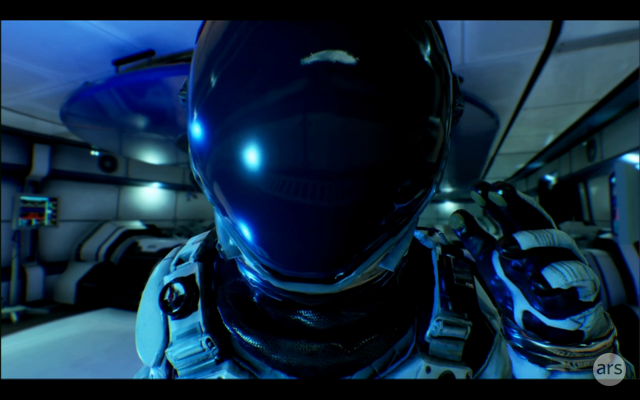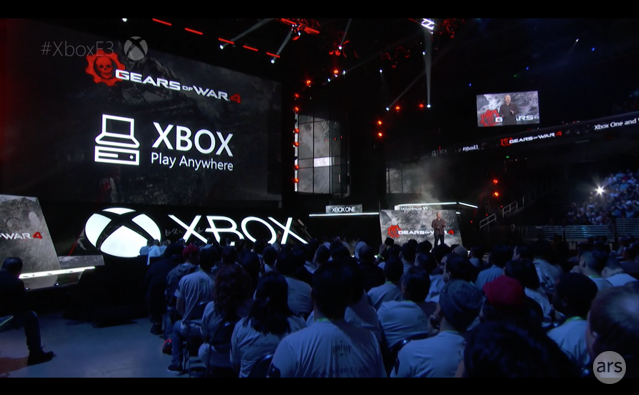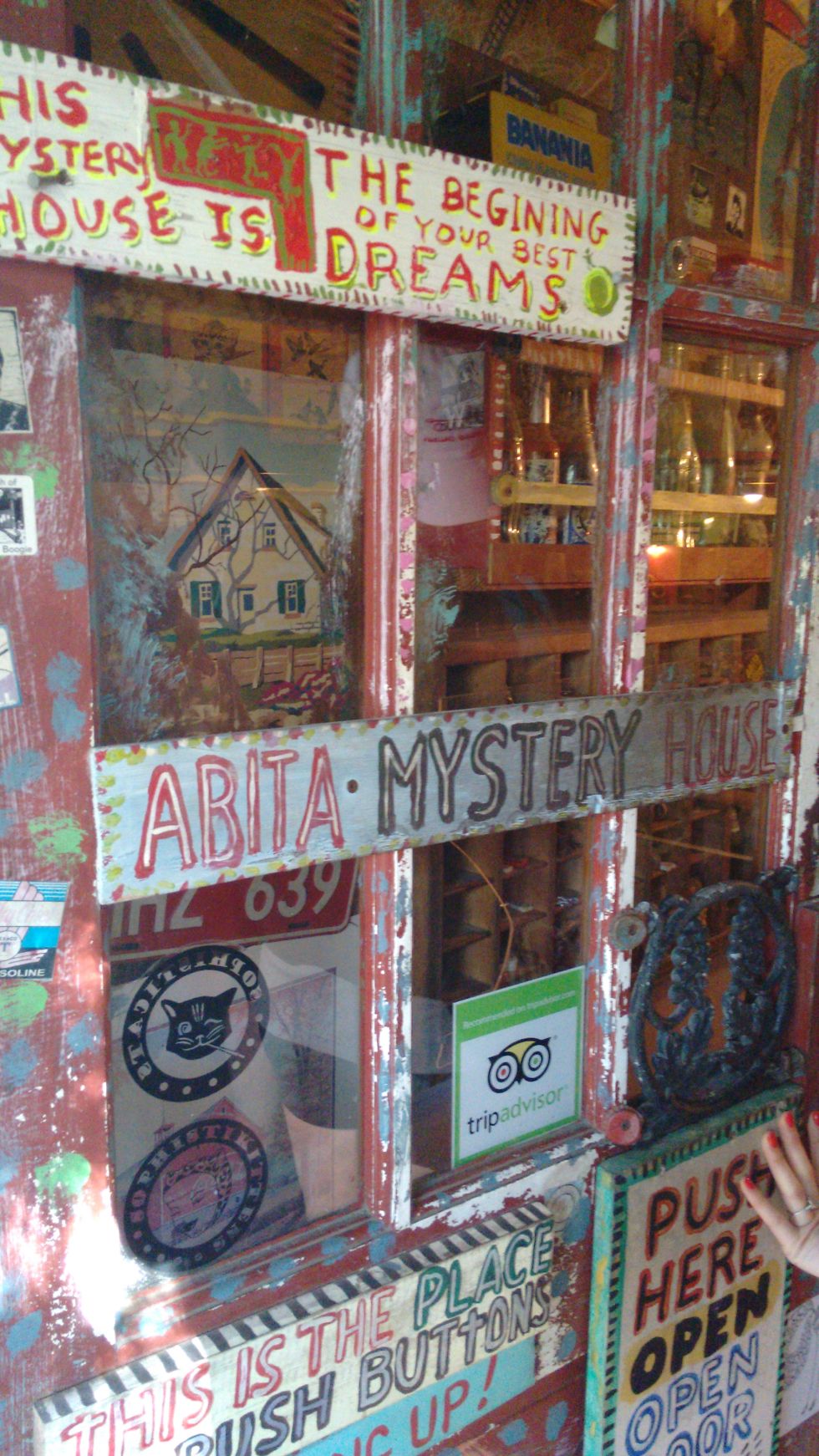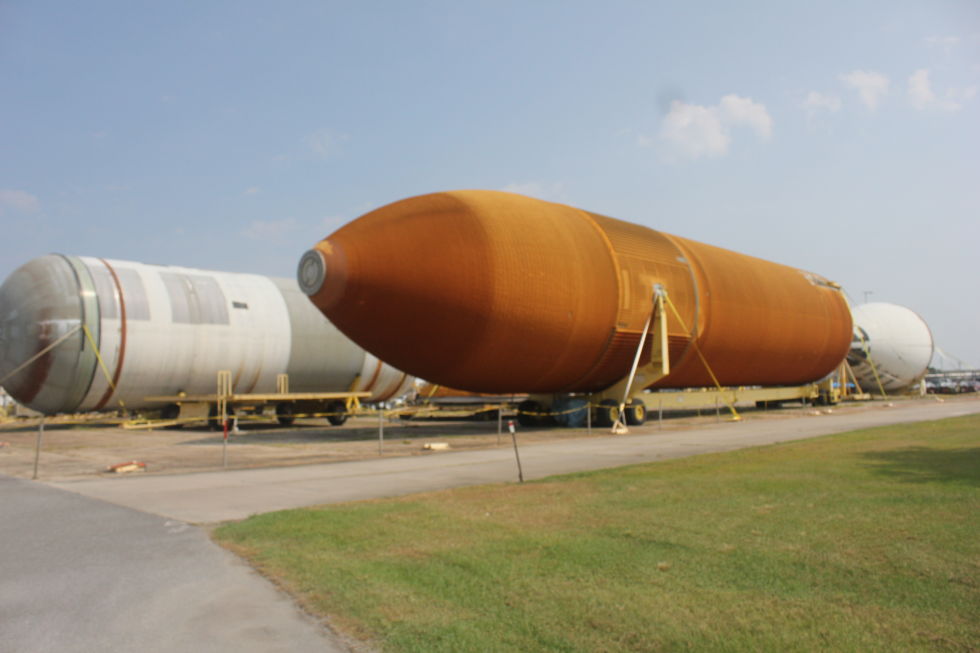Season 2 trailer for Mr. Robot.
"You can't turn on the TV or read the newspaper without hearing about a corporate hack," actor Rami Malek tells the camera; maybe he is an Ars reader after all. The Mr. Robot star appears almost immediately in Mr. Robot Decoded, a one-off documentary airing tonight on USA (11:05pm ET). But unlike the series at large, Malek isn't the star here. Writers and technical experts from the show's staff take center stage with TV critics and real-life security professionals. Their goal isn't to overthrow virtual financial prisons à la the show's "fsociety" hacker collective; they just want everyone to know more about Mr. Robot's subject matter and to realize how exceptional the show is at depicting and predicting real-world drama.
Decoded does well to include a handful of notable names: Jeff Moss (DefCon founder), Lance James (chief scientist at Flashpoint), and Peiter "Mudge" Zatko (leader of the L0ght hacker collective who later joined DARPA) all chime in on various topics. A lot of the extremely technical nerding out may have been left for the cutting room floor, however. These experts instead lay out many of the basics for the world depicted in the show: What is hacking? What's a DDoS? How come password cracking seems so easy? The special spends equal time relaying network news-level detail on major events like Apple v. FBI, the Ashley Madison hack, and the Sony data dumps. (It's a lot of old-hat stuff for Ars readers.)
In this sense, Decoded works best as a recruiting tool to get non-tech-savvy friends up to speed enough to appreciate the relevance and tech mindfulness of Mr. Robot as opposed to something like CSI Cyber. The documentary seemingly acknowledges this target audience, too. It starts with a brief (and major, spoiler-free) plot recap of season one to introduce major characters and explain the worldview of Elliot Alderson. Series stars like Portia Doubleday (Angela), Christian Slater (Mr. Robot), and Malek appear interspersed between the technical discussions to praise the storytelling and explain how much they learn through osmosis on set. Series creator Sam Esmail even chuckles in victory after Malek and Carly Chaikin (Darlene) proudly declare they now tape their webcams.



